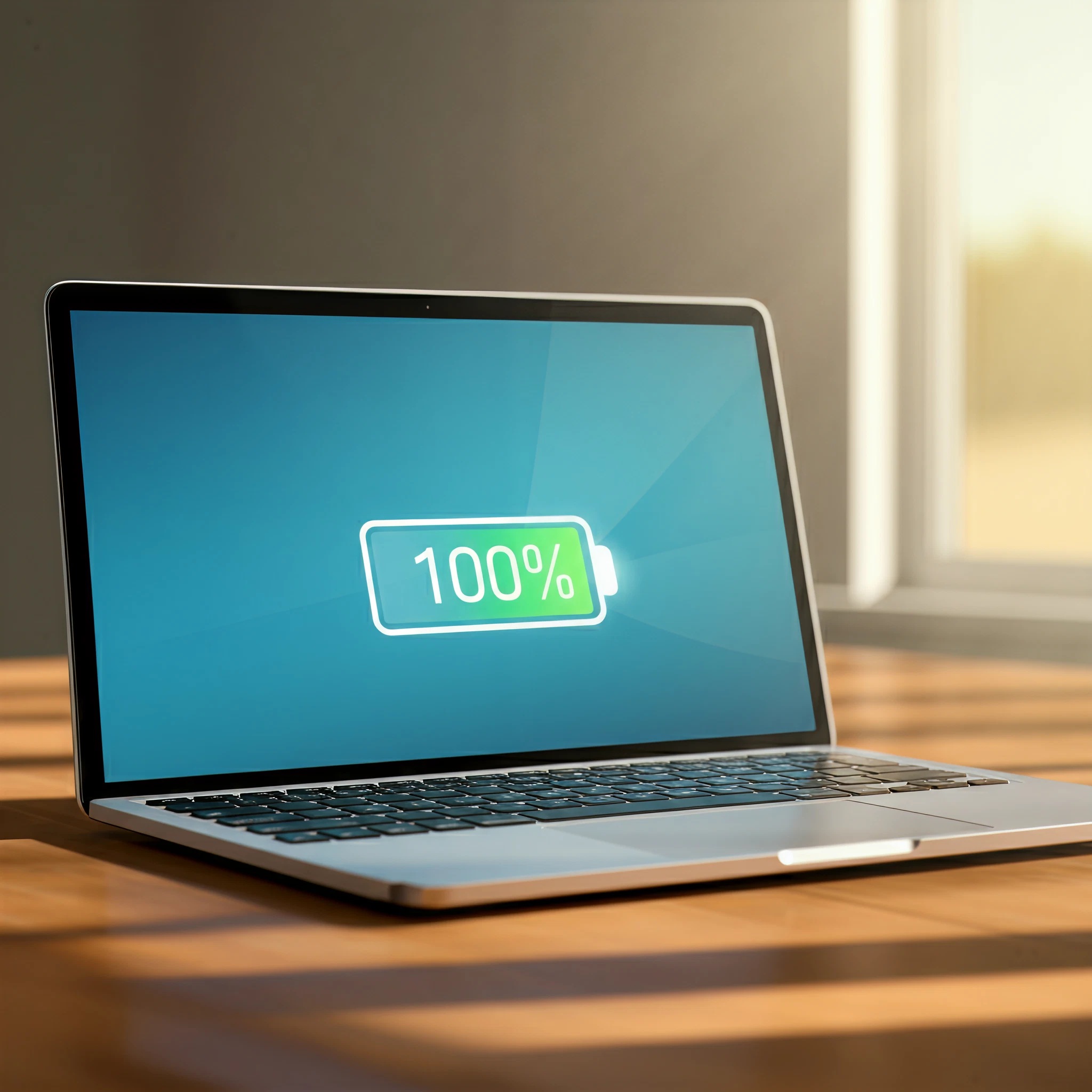If you’ve ever wondered, “How long should a laptop battery last?” you’re not alone. Many laptop users, from students to professionals, are curious about their device’s battery lifespan and how to maximize it. While battery life can vary depending on several factors, this comprehensive guide offers insights, tips, and actionable advice to help you better understand and maintain your laptop’s battery performance.
What Determines Laptop Battery Life?
1. Type of Laptop
- Ultrabooks (e.g., Dell XPS, MacBook Air): Known for energy efficiency, ultrabooks often last between 8-12 hours under moderate use.
- Gaming Laptops (e.g., Alienware, ASUS ROG): High-powered GPUs significantly reduce battery life, averaging 2-6 hours depending on usage.
- Chromebooks (e.g., Lenovo Flex, Acer): Lightweight tasks allow Chromebooks to deliver up to 8-12 hours or more.
2. Screen Brightness & Resolution
Higher brightness consumes more power, and 4K screens reduce battery life by up to 30% compared to 1080p displays.
3. Applications and Background Tasks
Resource-intensive apps (e.g., games, video editing software) and background processes (e.g., antivirus, syncing apps) can significantly drain the battery.
4. Wireless Connectivity
Keeping Wi-Fi and Bluetooth turned on, even when idle, can shorten battery runtime.
5. Battery Health
Most batteries retain optimal capacity for 2-3 years or 300-500 full charge cycles, after which performance may decline.
Average Lifespan by Laptop Type
While laptops are marketed with impressive battery life statistics, real-world usage often falls short. Here’s a realistic breakdown based on user feedback and industry standards:
- Manufacturer Claims vs. Real Life
Manufacturers may advertise up to 15 hours, but most users experience between 60-80% of that under real-world conditions.
- Examples from Users
- Dell XPS 13 (1080p display): 10-12 hours claimed, 8-10 hours reported.
- MacBook Air M1 (2020): Consistently reaches 15 hours, as advertised.
Tips to Extend Laptop Battery Life
Here’s how you can maximize your battery’s runtime and overall lifespan:
1. Optimize Power Settings
Activate “Battery Saver” or “Power Saving Mode” to reduce energy consumption.
2. Lower Screen Brightness
Reduce brightness to 50% or less, especially indoors. If your laptop has an adaptive brightness feature, enable it.
3. Disable Unused Features
Turn off Wi-Fi, Bluetooth, and backlit keyboards when not in use.
4. Close Unnecessary Apps
Shut down resource-heavy programs and background tasks to minimize power draw.
5. Use Proper Charging Practices
Avoid overcharging or letting the battery drop below 20%. Aim to keep the charge within 20-80% for best results.
6. Update Software
Keep your operating system and drivers up-to-date, as updates often include power optimization improvements.
7. Use Dark Mode
Switching to dark mode on compatible applications can slightly reduce power usage, especially on OLED screens.
How to Check Battery Health
Regularly checking your laptop’s battery health helps you monitor its condition and plan for a replacement when necessary.
Windows Users
- Press
Win + Xand select “Command Prompt (Admin).” - Type
powercfg /batteryreportand press Enter. - Open the generated battery report to view detailed statistics.
Mac Users
- Hold the
Optionkey and click the battery icon in the menu bar. - View battery health under “Battery Preferences.”
When and How to Replace a Laptop Battery
Over time, battery performance will degrade. Here’s when to consider a replacement:
- Signs of Degradation: Rapid loss of charge, overheating, or significant swelling.
- Battery Health Tool Readings: If full charge capacity falls below 70%, it’s time for a new battery.
For safety, purchase replacement batteries directly from your laptop’s manufacturer or certified vendors. Installation guides specific to your laptop model can usually be found online.
Debunking Common Battery Myths
1. Myth: Keeping your laptop plugged in damages the battery.
Reality: Modern laptops have mechanisms to prevent overcharging. However, moderate charging cycles can still preserve battery health.
2. Myth: Fully draining the battery improves lifespan.
Reality: Completely depleting lithium-ion batteries can harm their longevity. Instead, follow the 20-80% rule.
3. Myth: Cooling pads extend battery life.
Reality: While cooling pads help maintain internal temperatures, they don’t significantly impact battery performance unless the laptop overheats frequently.
Final Thoughts on Laptop Battery Life
How long should a laptop battery last? It depends on your laptop’s type, usage habits, and care. Following the steps above for power optimization, checking battery health, and replacing components when needed ensures you get the most from your laptop.
For professional insights on battery life optimization and more tech tips, be sure to explore our in-depth guides. Want your tech running at peak performance? Bookmark this page and share it with fellow tech enthusiasts!








